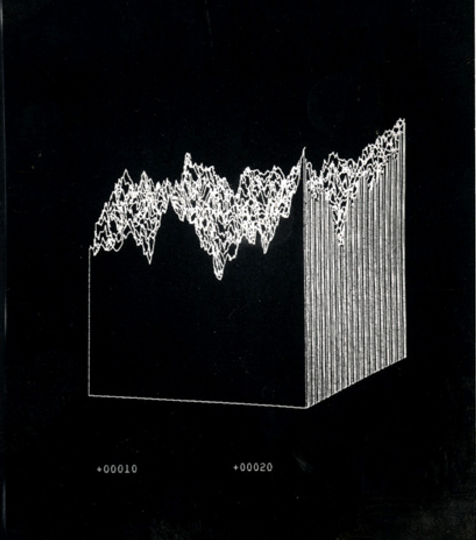Mini-Seminar:Objective Pictures? A Visual History of Modern Science

Photographs, charts, curves, plans, maps, tables, digital images: visualizations are omnipresent in modern science. The advent of mechanical reproduction and photography in the nineteenth century made possible the production of images that bore no trace of the human hand, while seeming to embody an ideal of objectivity.
Scientists, however, soon discovered the limitations of mechanical instruments for image making. For despite ongoing technical advances, such instruments are unable to generate wholly satisfactory images for any number of scientific procedures. Individuals must still interpret what can't be adequately depicted, thereby bringing their own subjectivity into the process of representation. Since visualizations shape our understanding of phenomena, some representations have become contestable, especially in fields such as immunology, where pictures remain highly stylized.
This seminar offers a visual history of modern science, from physics, astronomy, and biology to medicine and public health. It historicizes notions of objectivity, standardization, simplicity and legibility, and examines controversies surrounding the making and interpretation of scientific pictures.
Textbooks / other materials: All course readings will be available on Canvas.
Course Requirements: Attendance in class; readings; student projects
Intended Audience: Undergraduates
Class Format: Two 80-minute seminar meetings per week for 7 weeks
Estimated Cost of Materials: $0-50
HISTART Major / Minor Distribution Categories: Europe and the U.S.; Modern and Contemporary